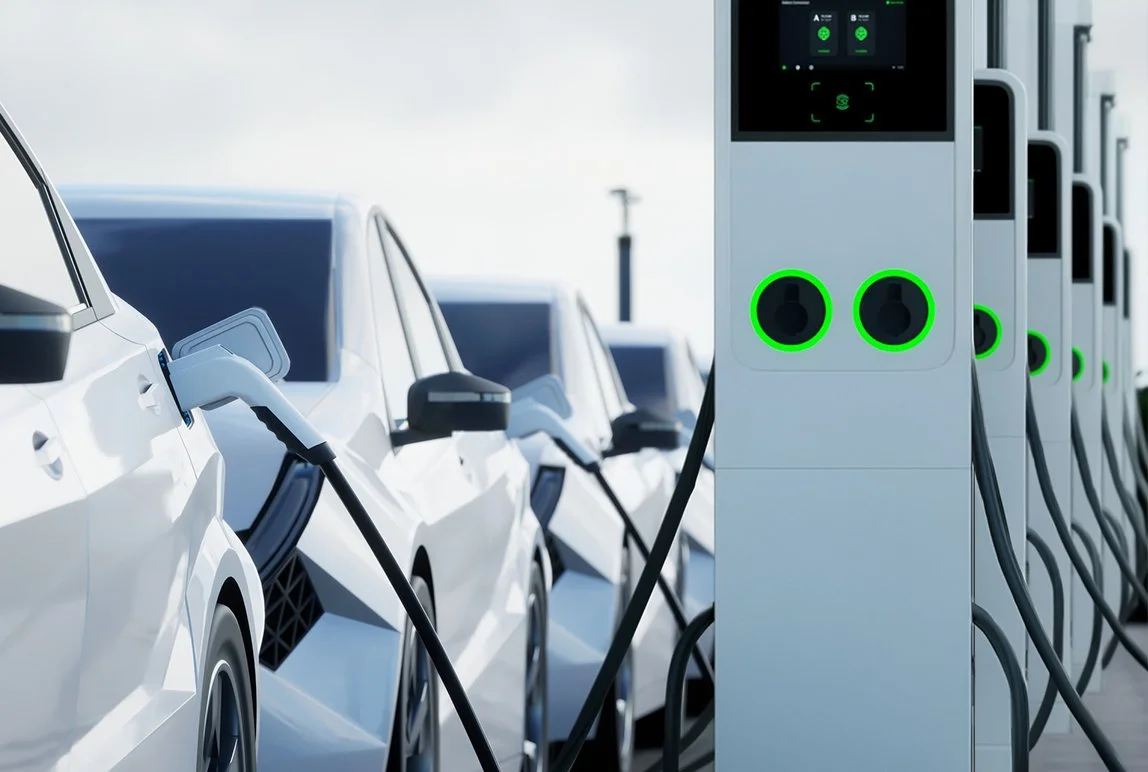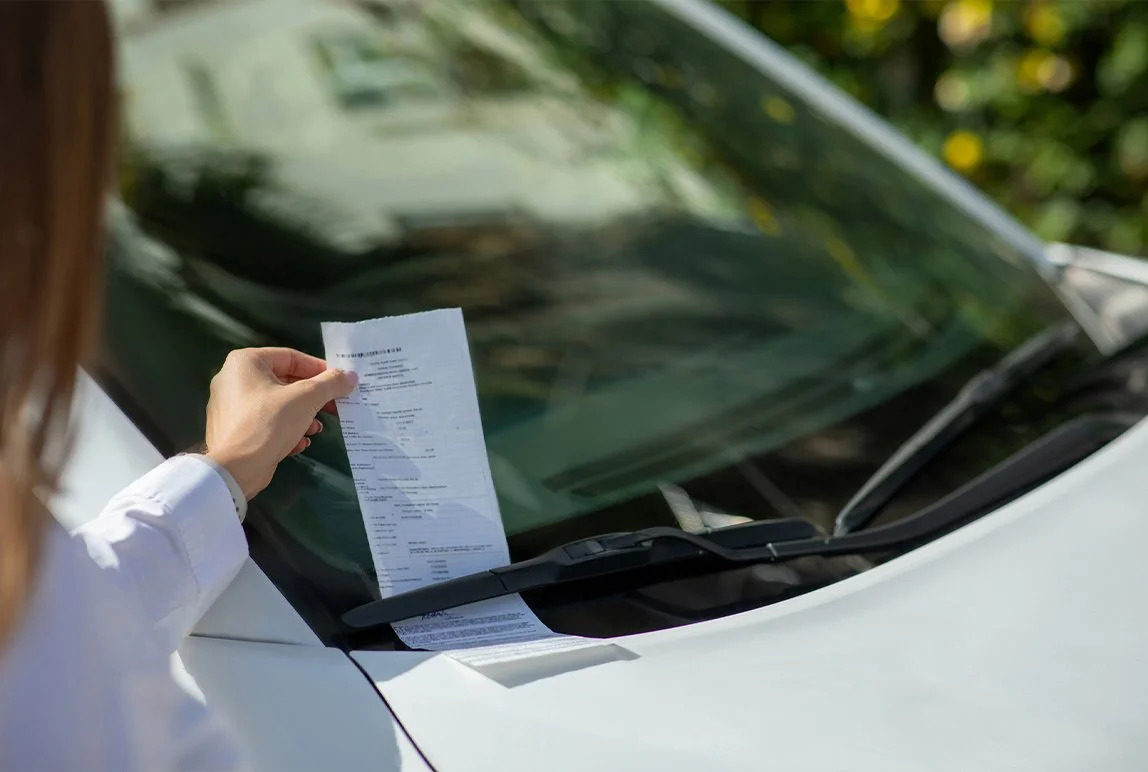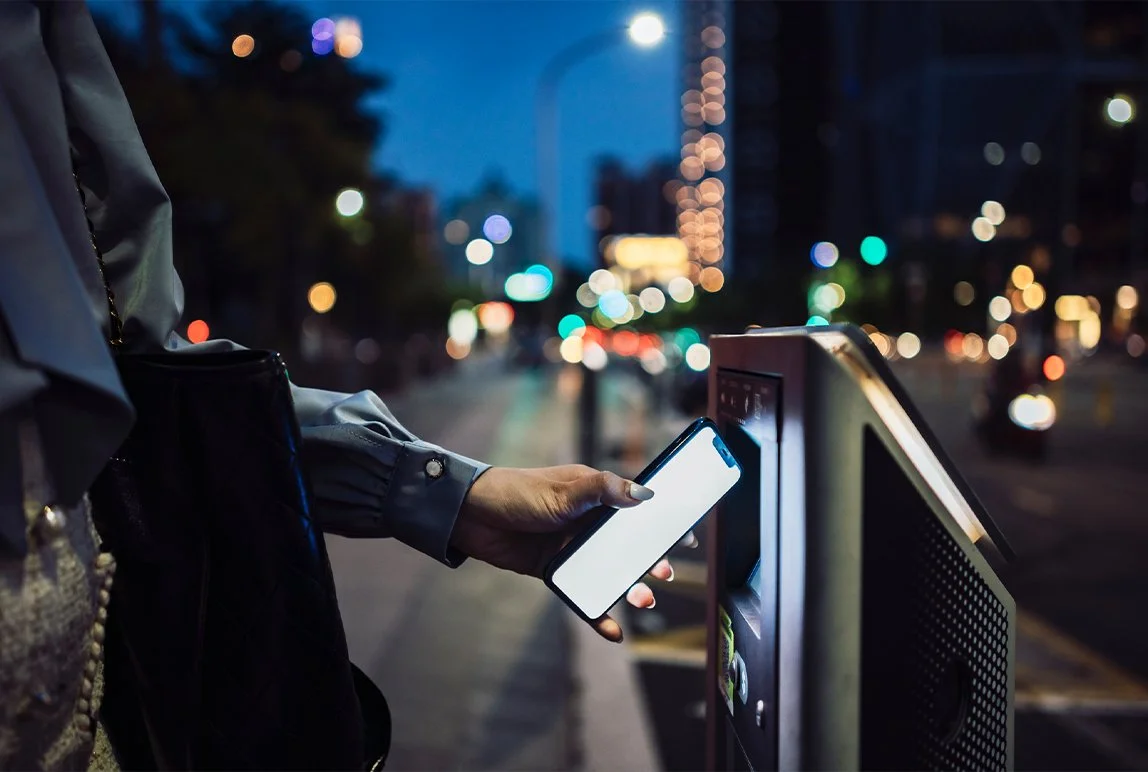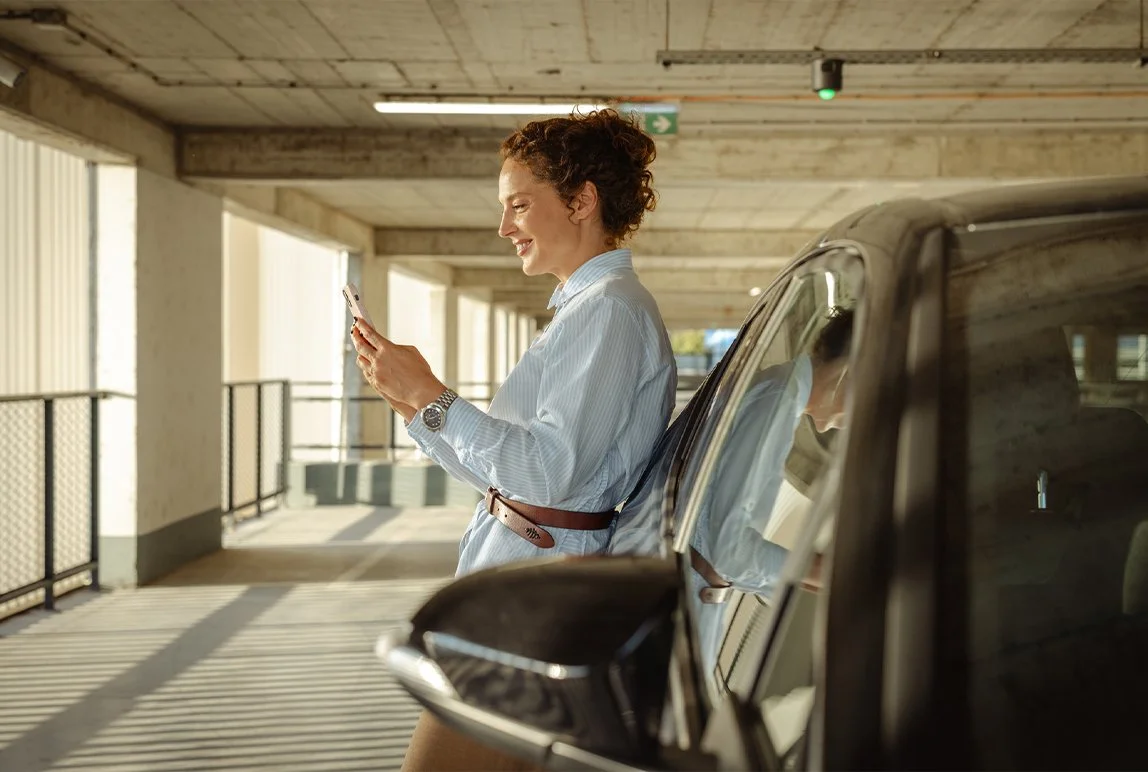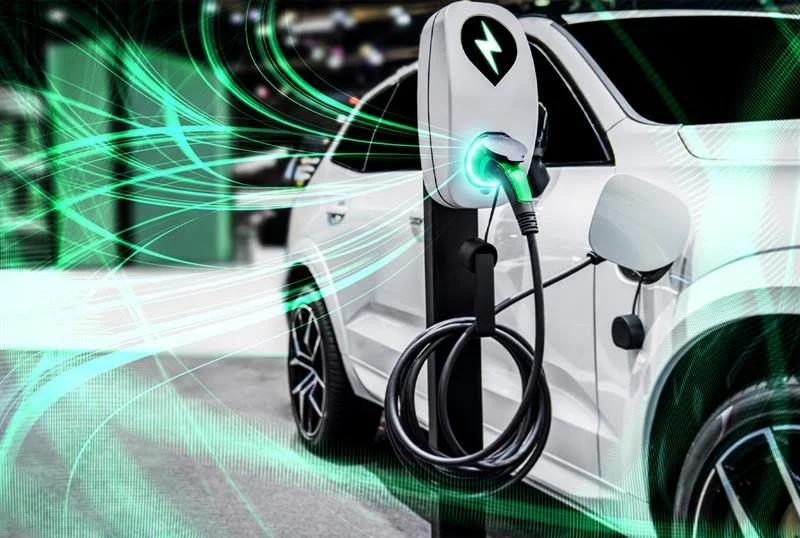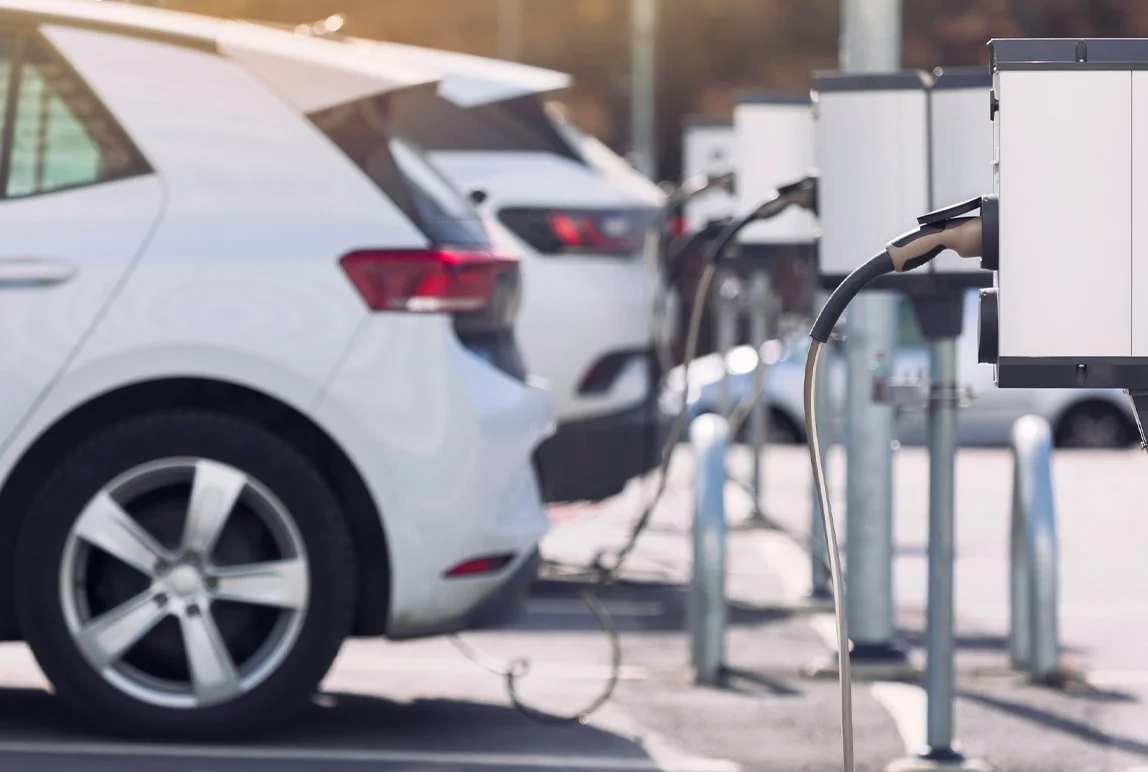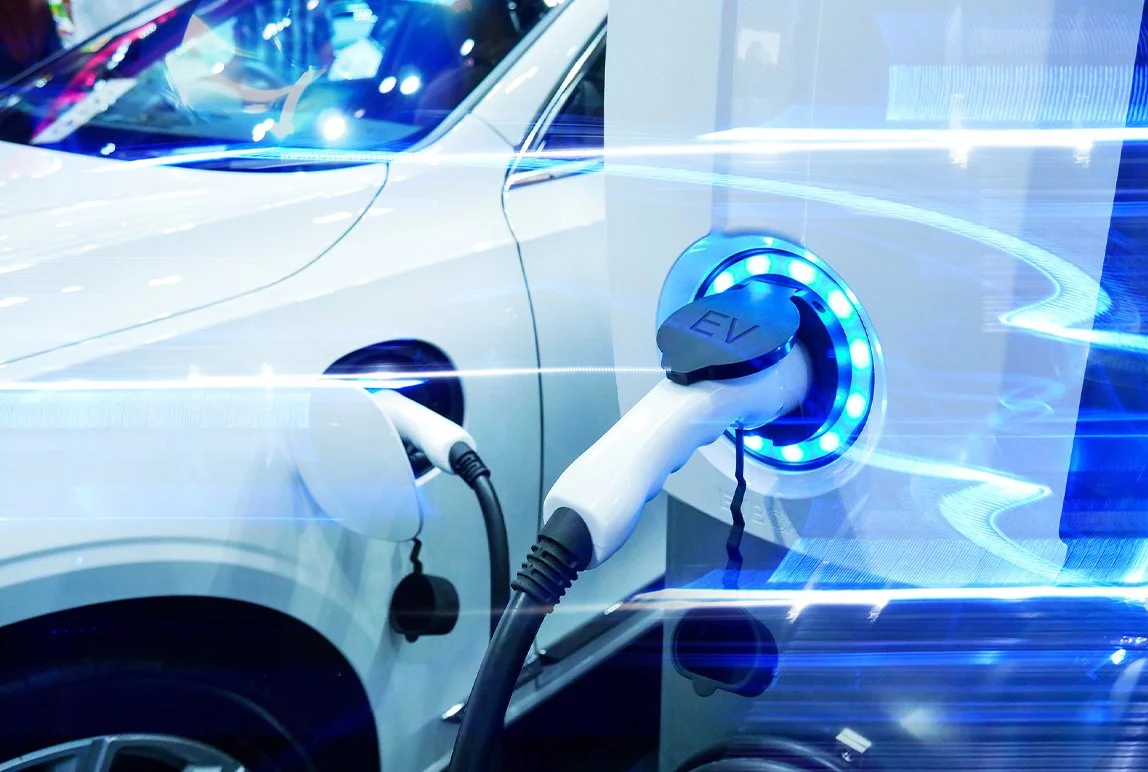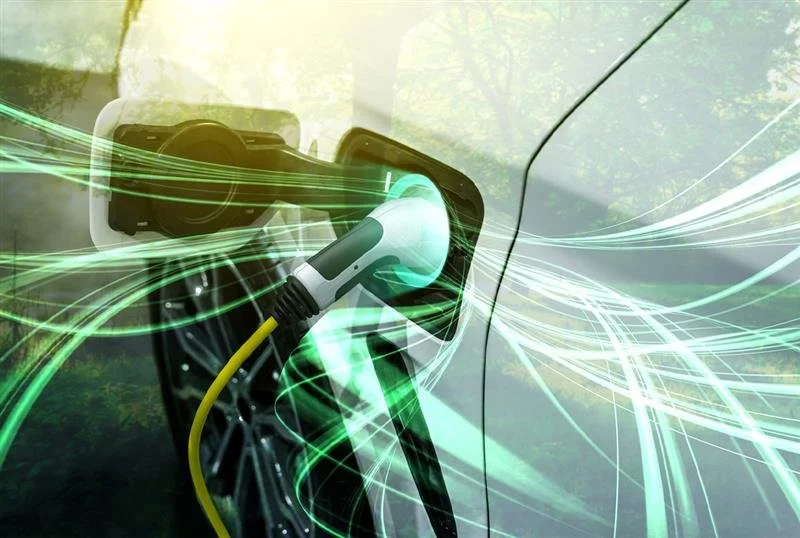Parking Equipment That Takes Accessibility to New Heights
Posted: Sept, 16, 2020 12:34PM ET • 2 min read
Many leading organizations require parking pay stations to be accessible to and usable by people with a range of physical, sensory, and cognitive abilities. As society continues to advance, this will become the standard across all organizations (as it should be).
Over the years leading global manufacturers for smart parking technology, such as Skidata, have been working diligently to provide customers with accessible solutions that organizations can count on to provide equal opportunity for the wide range of visitors they welcome to their facilities. Here’s how:
Touch operation: Usability is being optimized for customers through the elimination of mechanical controls in favour of on-screen touch controls.
User interface layout: Including large visual displays, that offer adjustable interaction points optimized for customers whether seated or standing.
Operating height controls: Certain controls such as ticket receptors, bill and coin acceptors, coin retrievals, keypad and payment card readers are positioned to adhere to accessible height standards.
Induction loop hearing: An audio system that’s compatible with Audio Frequency Induction Loop (AFIL) hearing aids to provide improved sound.
Symbols and graphics: International symbols of accessibility, raised lettering and graphics, braille, and other universal symbols to support effective interactions with the device.
Self-service interactive devices: Simplifying purchases through the use of online reservations, validations, and payment via mobile apps eliminated the need to pay for parking at pay stations and exits.
Contactless and cashless payment: Acceptance of tap-and-go mobile, credit card, and Interac payment methods, eliminating interactions such as card insertion, as well as pressing or turning buttons.
Call-for-assistance capabilities: Providing two-way video and voice interactions for customer assistance.
Dynamic display of information: Ease of identification is achieved using glare-free screens and signage, materials with characters and symbols that meet international accessibility standards, and bright levels of illumination and high colour-contrasts for instructions.
Accessible design is a top priority for leading parking equipment manufacturers and suppliers and is emerging as the new standard new standard for design and build.
Share Article:
Featured Articles
ABOUT THE AUTHOR
Andrew Sgorlon
Technical Sales Support Manager
Andrew has more than 17 years of experience with automated parking solutions, being involved with the fist automated PARCS installed by Precise ParkLink in 2000. Andrew is one of Precise ParkLnk’s SMEs on all Precise ParkLink products and services. As the Greater Toronto Airports Authority’s (GTAA) Senior Account Manager (since 2011), Andrew has been instrumental in Precise ParkLink’s on-going operational support at Toronto Pearson. In this capacity, he supports Precise ParkLink’s onsite staff and is the sales/equipment representative at all GTAA parking operations meetings. Andrew is also the lead account manager for University of Toronto, Centennial College, and Durham College. Technology and automation are Andrew's work passion; he continuously looks for ways to improve and evolve the PARCS industry.
Questions?
Fill out the form below and we will do our best to connect you with a suitable contact.


